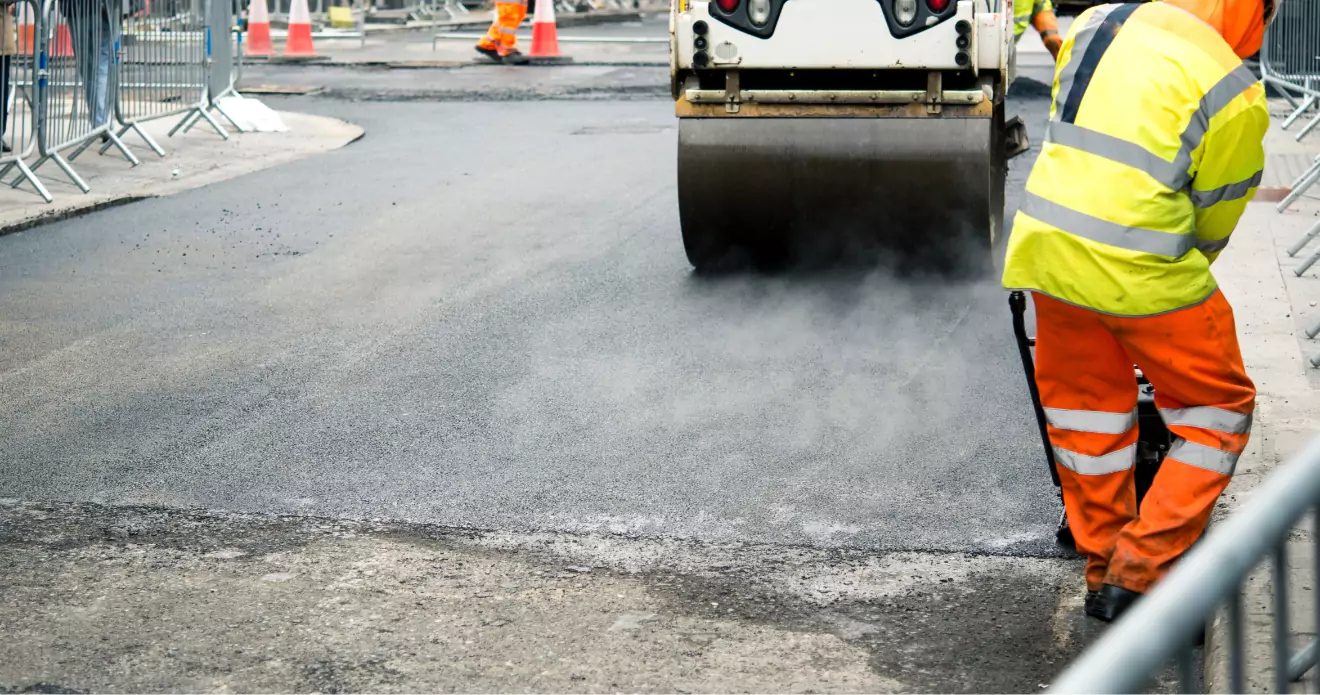
Issue Identified
Road surface treatments are methods or materials for extending the lifetime of road pavements, delaying the need for major maintenance or rehabilitation. This process means that surface treatment contractors believe the treatment processes against conventional methods have a lower impact on the Greenhouse Gas (GHG) emissions produced. However, these claims are not usually made based on robust, standards led assessments as there was a lack of standardisation and consistency in producing carbon footprint.
The purpose of this work was to follow a required methodology for producing a carbon footprint and apply this to the different treatments as well as the conventional methods of resurfacing, or patching to determine which approach has a lower carbon footprint.

